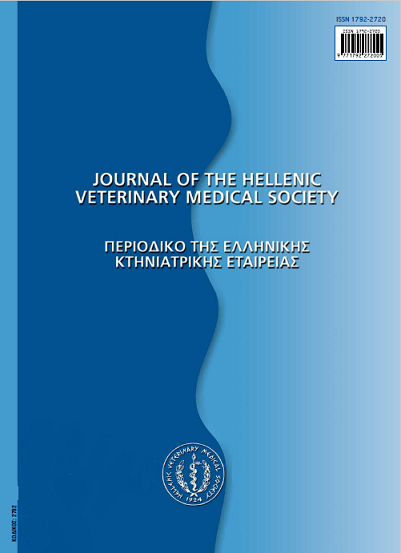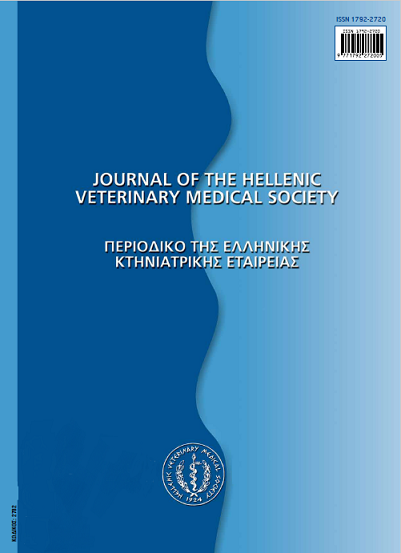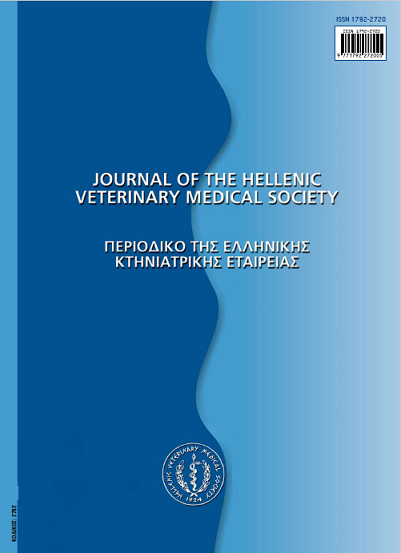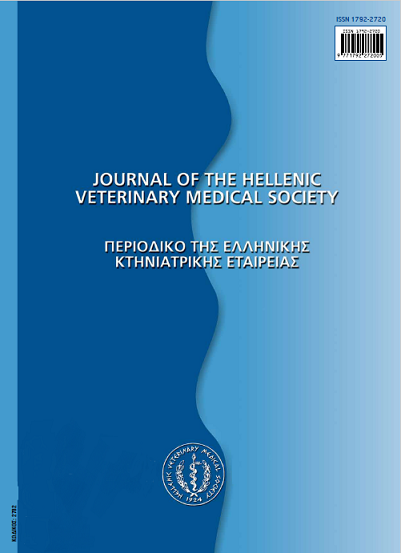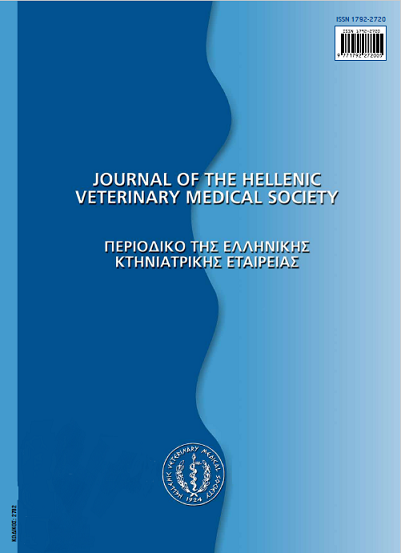The use of multiple ovulation, embryo cryopreservation and embryo transfer techniques to facilitate movement of genetic material between countries

Abstract
The objective of the study was to evaluate the use multiple ovulation and embryo transfer techniques in an indigenous Greek dairy breed of sheep. We stimulated selected donor ewes of the Karagouniko breed to produce large numbers of embryos after the induction of multiple ovulations by gonadotropin treatment (superovulatory response). A total of 50 Greek Karagouniko ewes were synchronised into oestrus using progestagen pessaries and superovulated for embryo transfer using ovine FSH. Six days following laparoscopic insemination with fresh semen ewes were flushed surgically and embryos collected. Subsequently, the embryo recovery, along with embryo cryopreservation, embryo survival and quality were assessed. The Karagouniko donor ewes achieved a mean ovulation rate of 11.9 (SE. 0.89). The ova Recovery rate was 80,9% and 87,6% of the ova recovered being fertilised. A total of 327 (77,5%) of the viable embryos were assessed as being of sufficient quality for cryopreservation. The embryos ranged from late morulae to expanded blastocyst and were frozen via a 3-step process in 1.5 M ethylene glycol following repeated washing and trypsination. Cryopreserved embryos were frozen and then transported to Scotland, UK. There, embryos were thawed rapidly and re-hydrated via a 2 step sucrose/ethylene glycol gradient. A total of 92.4% of embryos frozen remained suitable for transfer semi-surgically into synchronized Scottish Blackface ewes. 183 embryos were transferred in total with a 66.1% survival rate. The survival rate of frozen thawed blastocysts(75%) was significantly greater than (P<0.01) that for morulae (48%). It was concluded that MOET could be successfully applied in Greek dairy breeds of sheep as a means for genetic improvement. Frozenembryos could be a successful medium for the transportation of ovine genetic material from and to Greece, however, most likely the choice of embryonic stage for cryopreservation is crucial.
Article Details
- How to Cite
-
STAMATARIS (Κ. ΣΤΑΜΑΤΑΡΗΣ) K., DELIGIANNIS (Κ. ΔΕΛΗΓΙΑΝΝΗΣ) K., LAINAS (Θ. ΛΑΪΝΑΣ) T., & ARSENOS (Γ. ΑΡΣΕΝΟΣ) G. (2018). The use of multiple ovulation, embryo cryopreservation and embryo transfer techniques to facilitate movement of genetic material between countries. Journal of the Hellenic Veterinary Medical Society, 53(3), 237–246. https://doi.org/10.12681/jhvms.15378
- Issue
- Vol. 53 No. 3 (2002)
- Section
- Research Articles

This work is licensed under a Creative Commons Attribution-NonCommercial 4.0 International License.
Authors who publish with this journal agree to the following terms:
· Authors retain copyright and grant the journal right of first publication with the work simultaneously licensed under a Creative Commons Attribution Non-Commercial License that allows others to share the work with an acknowledgement of the work's authorship and initial publication in this journal.
· Authors are able to enter into separate, additional contractual arrangements for the non-exclusive distribution of the journal's published version of the work (e.g. post it to an institutional repository or publish it in a book), with an acknowledgement of its initial publication in this journal.
· Authors are permitted and encouraged to post their work online (preferably in institutional repositories or on their website) prior to and during the submission process, as it can lead to productive exchanges, as well as earlier and greater citation of published work.



